Vintage Tribal Kilim Runner 2' 11" x 10' 1" (35" x 121")
Type:
Kilim RugsCollection:
Tribal Runners, ClearanceID:
K0077130Size:
Material:
The designs feature a rich array of symbols representing tribal culture and Anatolian motifs, often in the form of medallions, diamonds, and other geometric shapes.
The designs feature a rich array of symbols representing tribal culture and Anatolian motifs, often in the form of medallions, diamonds, and other geometric shapes. These kilim runners are ideal for hallways and narrow spaces, offering a touch of ethnic charm and artisanal quality to any interior.
Herki kilims not only serve as functional floor coverings but also as artistic expressions of tribal identity, making each rug a unique cultural artifact.
Color Palette
- Earthy Tones: The predominant colors consist of warm earth tones, including browns and beiges. These colors reflect the natural materials used and evoke a sense of warmth and homeliness.
- Contrasting Accents: Bright accents of orange and vibrant white stand out against the darker background, adding depth and visual interest to the design.
- Balance of Color: The use of both soft and bold colors creates a harmonious balance, contributing to the overall aesthetic of the rug while maintaining an organic feel.
Design Elements
- Geometric Patterns: The rug features repeating diamond and zigzag shapes, symbolizing fertility and the interconnectedness of life, which is a common motif in tribal textiles.
- Symmetry: The symmetrical arrangement of motifs reinforces traditional craftsmanship and serves to create a sense of stability and structure.
- Texture: The flat-weave technique enhances the visual texture of the rug, giving it a tactile quality that adds to its rustic charm.
- Border Design: The complementary border framing the central motifs provides a finished look, enhancing the overall visual impact and grounding the complex patterns of the rug.
Main Motifs and Their Symbolism
- Diamonds: Often symbolize femininity and fertility, representing a nurturing aspect of life.
- Triangles: These shapes can signify mountains or stability, embodying strength and resilience.
- Zigzag Patterns: These patterns represent the flow of water, indicating the importance of life-giving elements in many cultures.
- Contrasting Colors: The interplay of light and dark symbolizes the balance of opposites in life, reflecting the philosophy of harmony in nature.
Summary
The vintage tribal kilim runner showcases a rich color palette dominated by earthy tones and vibrant accents. Its design features geometric patterns and symmetrical arrangements that convey deeper meanings associated with life, femininity, and stability. The motifs used in the rug are not merely decorative; they hold significant symbolism reflecting the culture and beliefs of the artisans who created it. Together, the colors and design elements create a piece that is both visually striking and culturally profound.
- Ships in 1-4 business days
- Only one in stock, handmade, unique
- Free shipping via FedEx Express. Easy returns
- Contact us or add a note to your order if you want us to delay your shipping.
- Request more info if you want this rug shorter or narrower
Colors may appear slightly different across various monitors due to screen settings device differences, and external lighting conditions. If color accuracy is important for your space, we recommend viewing the rug on multiple devices or contacting us for a detailed color description. We can provide detailed photos and references using Sherwin-Williams, Benjamin Moore, Pantone, or even Crayola crayons.
You can also visualize most of our products in your own room with AR (augmented reality) on an iPhone or iPad.
Return Policy
Need a rug pad? We recommend RugPadUSA
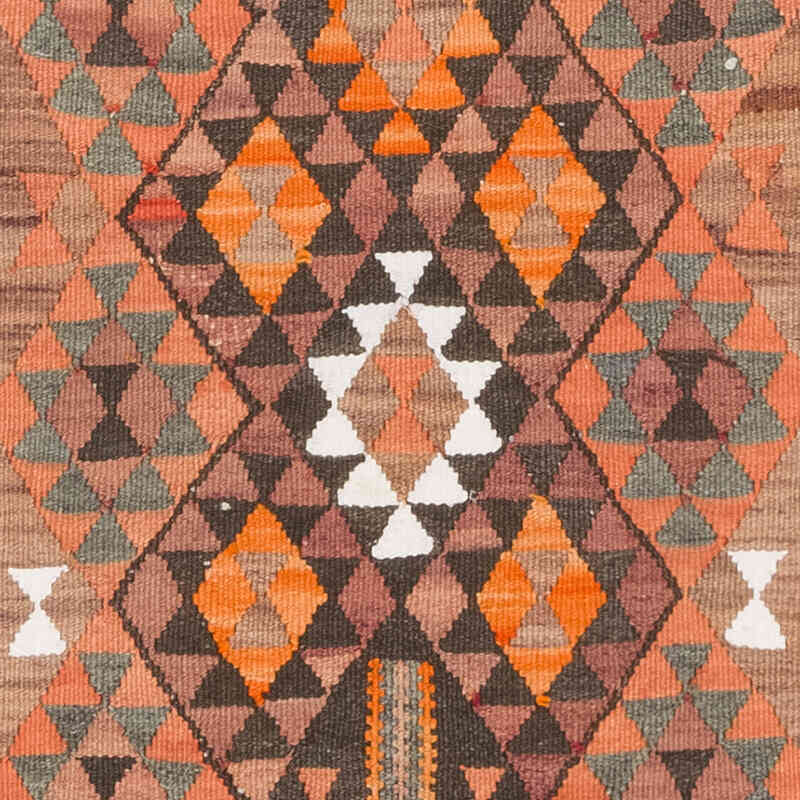
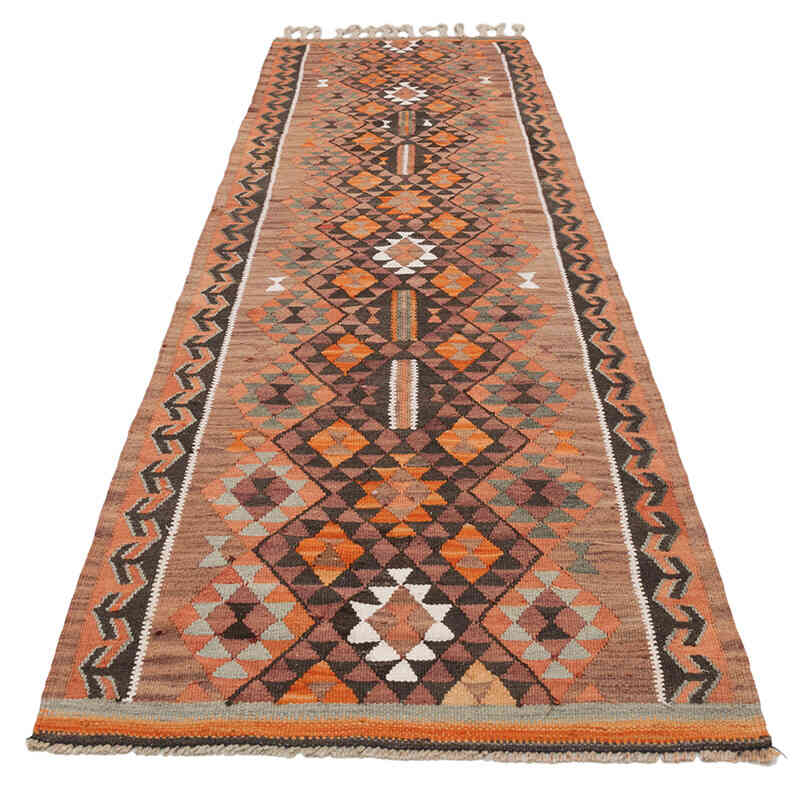
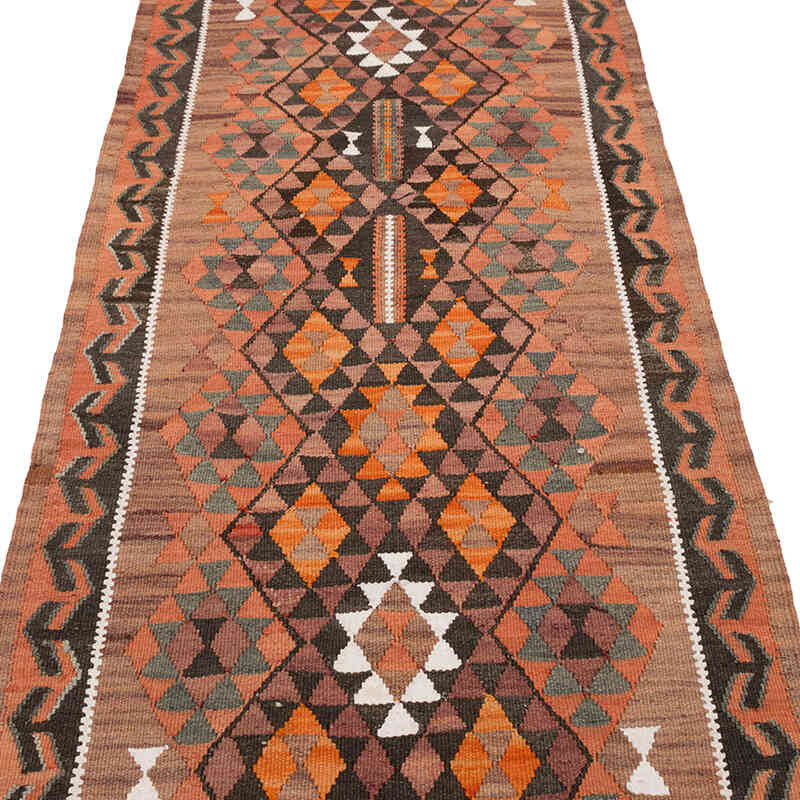
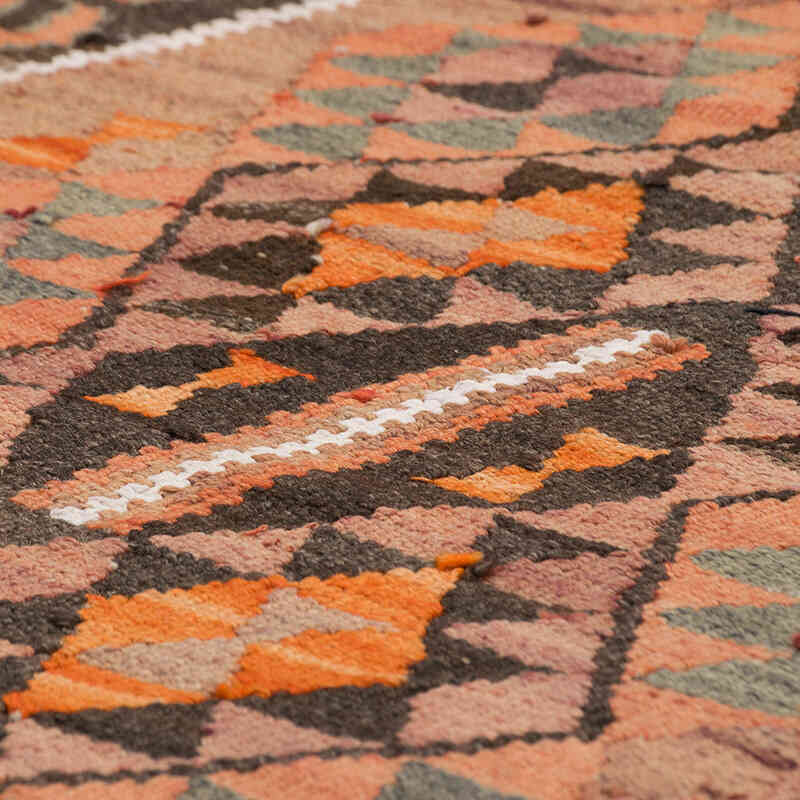
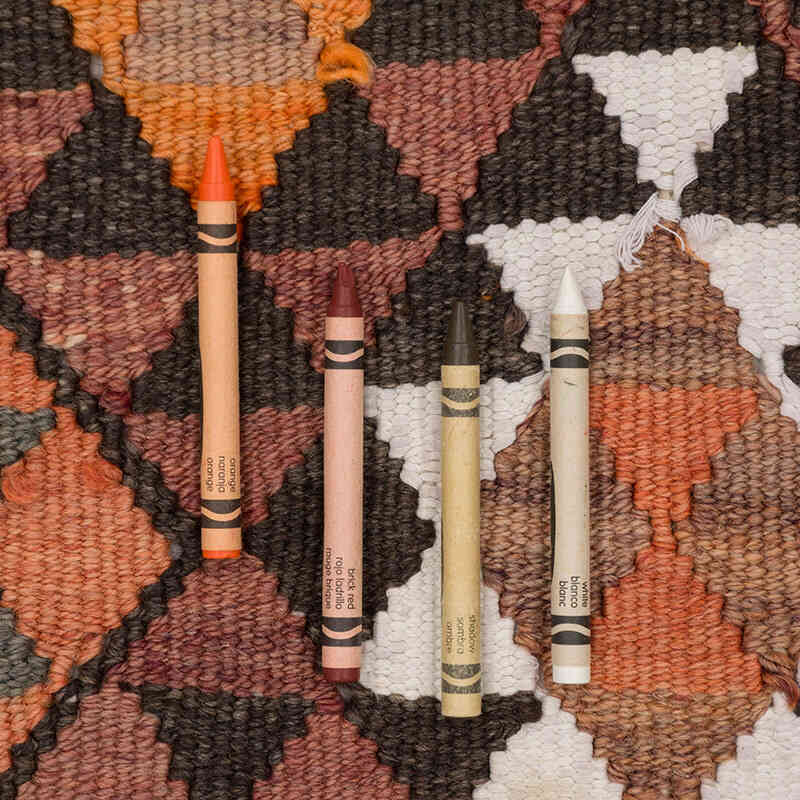

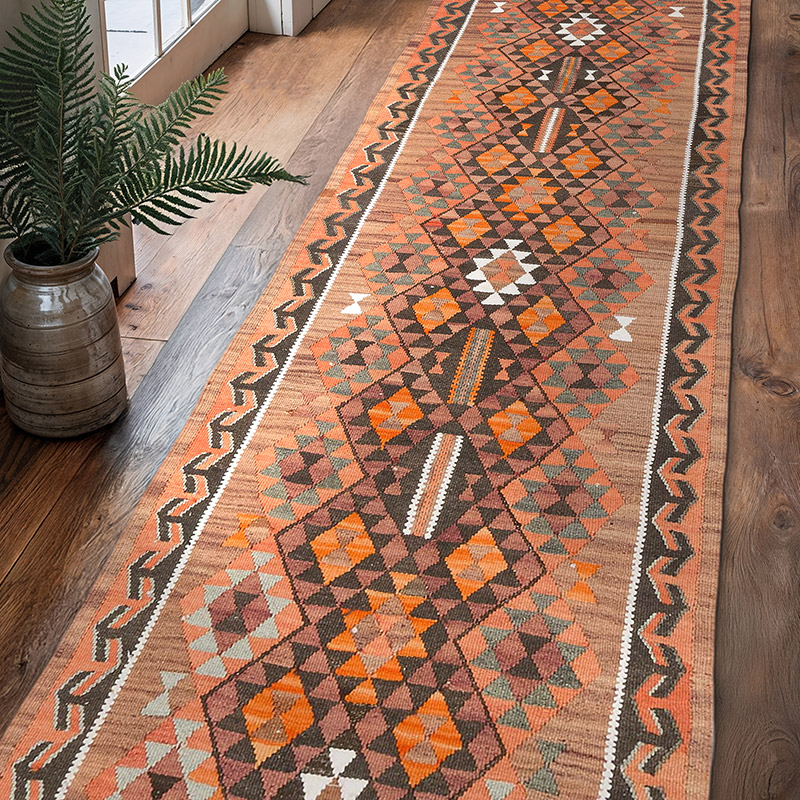
















We couldn't be more happy!